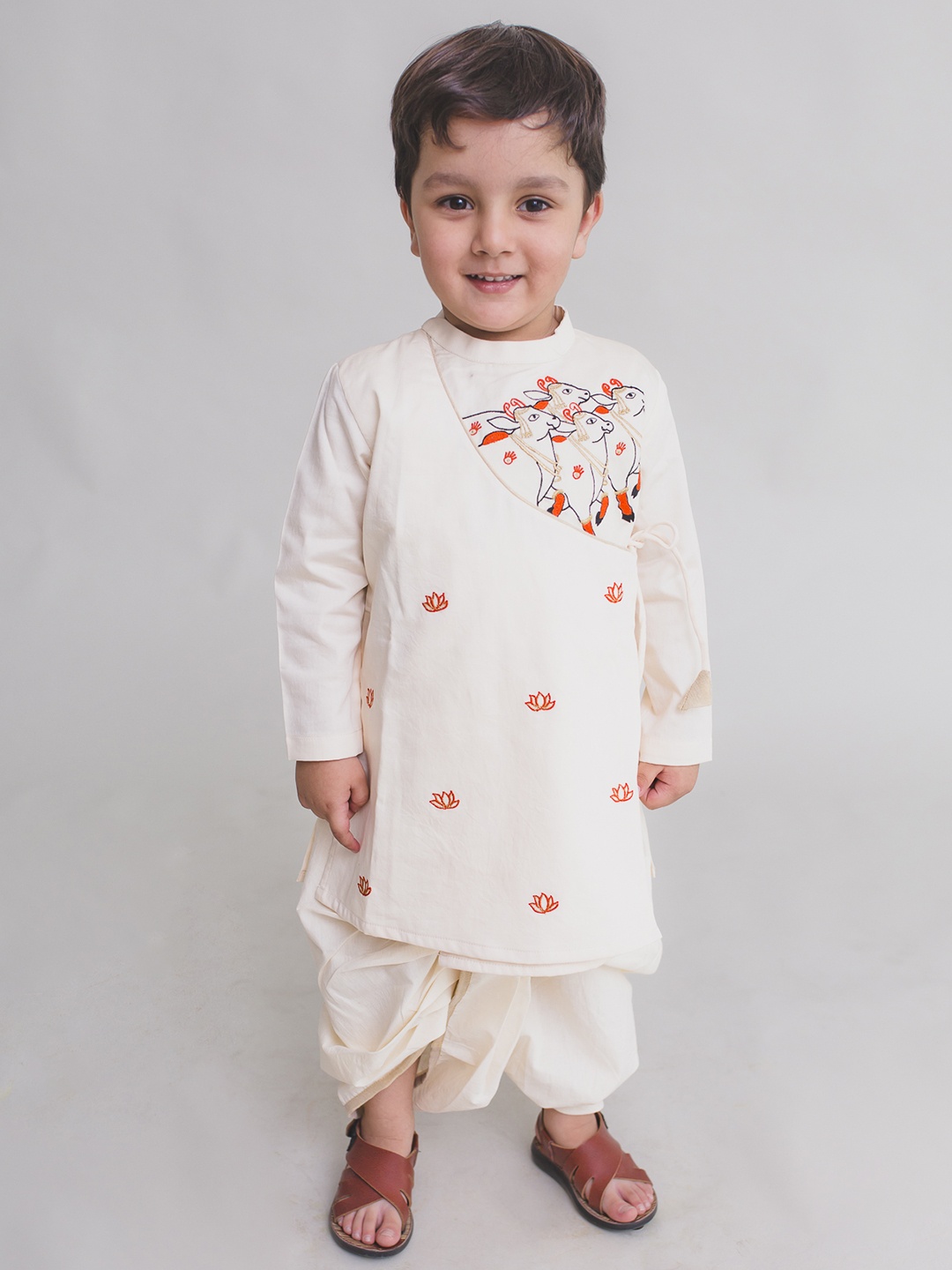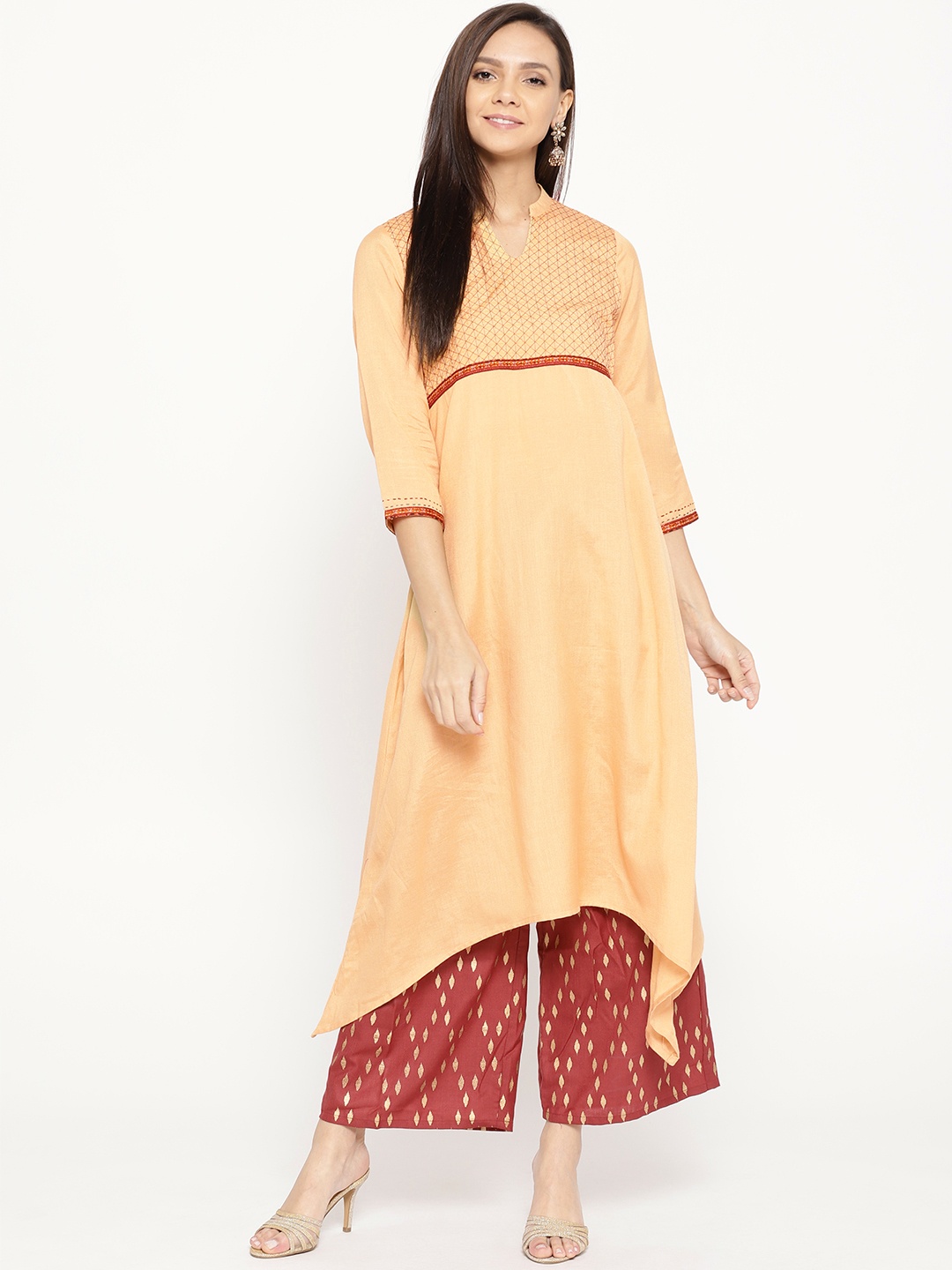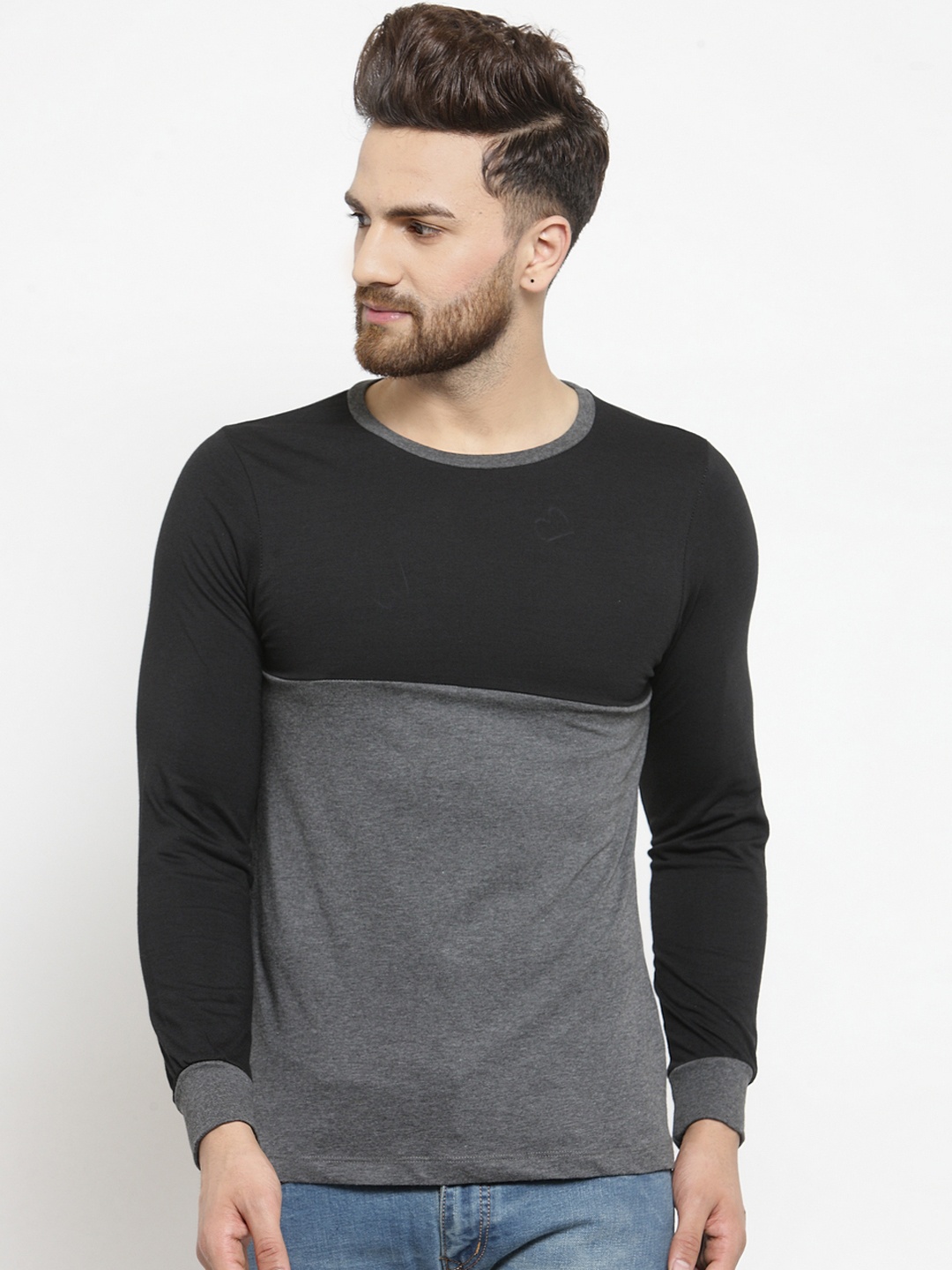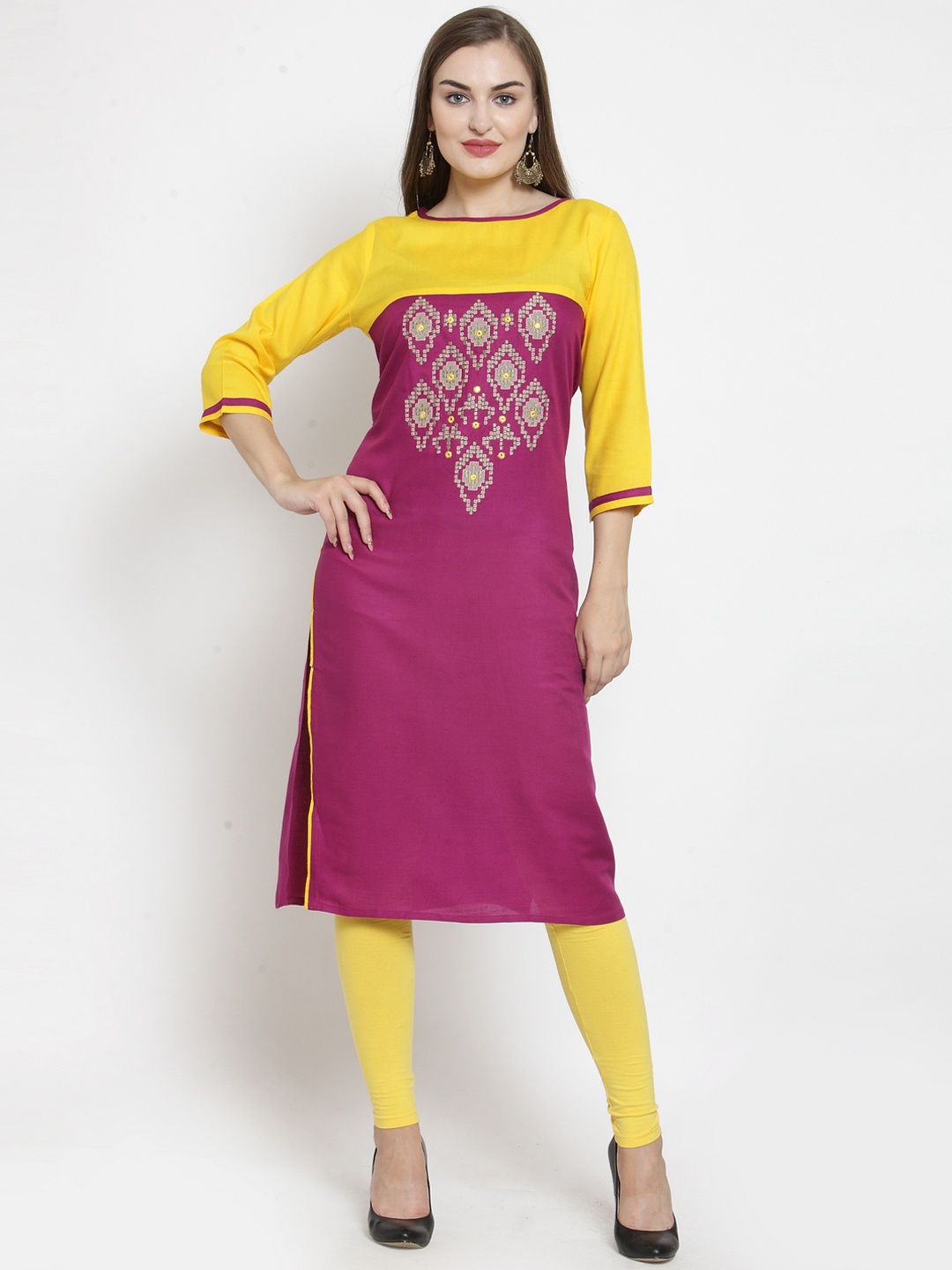Decoding Discomfort: Why Kids Hate Some T-Shirts, And What To Choose Instead
Ever wondered why your child, despite a cupboard full of clothes, refuses to wear that one T-shirt? From itchy seams to poor breathability, this is how to make smarter choices that keep your little ones smiling and scratch-free.

Why Some T-Shirts Make Kids Complain And What To Choose Instead
The morning school rush is hectic enough. Between packing lunchboxes and hunting for lost socks, the last thing any parent wants is a wardrobe battle. But there it is, again. A furrowed brow, crossed arms, and a firm “No!” directed at a T-shirt that looked perfectly fine to you. It's not about being fussy; kids know when something feels wrong. While we often focus on style and prints, comfort is king when it comes to children's clothing.
T-shirts, seemingly the easiest thing to throw on, often turn into unexpected villains. Whether it's the fabric, the fit, or that mysterious tag at the back, small discomforts can feel huge to a sensitive child. In this piece, we dig deep into what really causes those complaints, and better yet, what to choose instead. Because happy kids make for peaceful mornings, and fewer last-minute outfit changes.

Happy Kids, Happy Clothes: Why Certain Tees Fail, And Better Comfort Choices Parents Can Make; Photo Credit: Pexels
1. Fabric Fiascos: When Cotton Isn't Really Cotton
Not all cottons are created equal. That “100% cotton” label can be misleading, especially with cheaper garments where fabric quality is compromised to cut costs. Some T-shirts use mixed blends that feel scratchy, stiff, or clingy in hot weather. For kids, who run hotter and move more than adults, this can turn into a sweaty, cranky nightmare.
Instead, look for soft, combed cotton or organic cotton options. These are gentler on the skin and breathe well. Some brands even pre-wash their fabrics to prevent shrinkage and improve softness. The difference might not be obvious at first touch, but after a couple of wears, kids can tell. Also, avoid polyester blends for daywear unless it's specifically designed for athletic use, they trap heat and sweat like a plastic bag.
2. The Tag Tug-of-War
That tiny, scratchy tag at the back of the neck? For some children, it's unbearable. A single loose thread or rough edge can turn a T-shirt into a torture device. You'll notice constant fidgeting, scratching, or even flat-out refusal to wear it. And who can blame them?
Thankfully, many thoughtful brands now print labels directly onto the fabric. If tags are unavoidable, choose shirts with soft, satin-finish labels stitched flat. Alternatively, a good pair of scissors and a little care can work wonders. Just be sure not to leave behind a stiff edge, sometimes the "solution" can feel worse than the tag itself.
Also Read: Ethnic Wear For Kids: How To Dress Your Child Stylishly For School Festivals - 10 Key Tips
3. Seam Trouble: The Itchy Line Kids Can't Ignore
Seams might seem like small details, but to a sensitive child, they're pressure points. Thick, bulky, or uneven seams, especially on the shoulders or sides, can cause irritation or even leave red marks on delicate skin after a full day of activity.
Look for garments with flatlock seams. These lie flat against the skin and are common in quality sportswear and premium kidswear. They're not just practical, they also look neat and feel smoother. Seamless construction is another fantastic option, especially for innerwear and undershirts. These subtle upgrades make a noticeable difference in comfort.
4. Fit Problems: Too Loose, Too Tight, Never Just Right
One size doesn't fit all, and in the world of kids' clothing, sizing can feel more like guesswork than science. A shirt that's too tight can restrict movement and make kids feel trapped, while overly loose shirts tend to ride up, slip off shoulders, or feel awkward during play.
The key is a balanced fit, snug enough to stay in place, but roomy enough for comfort and growth. Many parents find success by sizing up and then slightly tailoring with a side stitch or safety pin until the child grows into it. Some brands now offer “growth fits” with stretchable side panels or longer hems to extend wear without sacrificing comfort.
5. Prints That Prickle: When Designs Hurt More Than They Dazzle
That big, bold graphic might look adorable, but if it's printed with thick plastic-based ink, it can feel stiff and hot against the skin. During summer months, these designs can stick unpleasantly to the body, trapping sweat and causing discomfort.
Instead, go for T-shirts with soft, water-based prints or embroidery. Embroidered designs are often cooler and longer-lasting too. If the design feels plasticky or crackly to touch, give it a pass, chances are your child will reject it after just one wear.

No More Scratchy Tees: Top Reasons Kids Dislike Them, And What To Buy For True Comfort; Photo Credit: Pexels
6. Colour Clashes: The Psychological Side of Preference
Sometimes it's not about touch but how a T-shirt feels emotionally. Kids have strong opinions about colours and characters. A certain shade might remind them of something unpleasant. Or perhaps they've simply outgrown their love for dancing dinosaurs and are now all about astronauts.
Rather than buying in bulk, try involving them in choices. A little autonomy goes a long way. If your child chooses a shirt, they're more likely to wear it, even if it's something you'd never pick yourself. Besides, style is how they start to express their identity. Why fight it?
7. Weather Woes: Seasonally Unsuitable Shirts
In warm climates, breathable fabrics are vital. But many parents unknowingly stock up on thicker tees simply because they feel “good quality.” Heavy knits, ribbed fabrics, or dark colours absorb more heat, leaving kids flushed and uncomfortable within minutes.
Choose lighter weaves, lighter colours, and fabrics like linen-cotton blends for hot days. Sleeveless or cap-sleeved options work better during summer holidays. For cooler months, layering with breathable base tees under hoodies or jackets is a smarter idea than one thick T-shirt that causes overheating during active play.
8. Laundry Fatigue: When Clothes Lose the Plot After a Few Washes
What looks soft and colourful in the store can turn dull, shapeless, or scratchy after just a couple of washes. Many low-cost T-shirts use unstable dyes and loosely spun threads, which break down quickly in typical laundry cycles. This leaves behind rough textures and faded hues, making them unattractive to kids.
Opt for garments with colourfast labels and shrink-resistant treatments. While they might cost a bit more upfront (say ₹100–₹200 more), they tend to last longer, saving money, and morning arguments, in the long run. Wash with mild detergent, turn them inside out, and skip the dryer when possible to preserve softness.
9. Activity Mismatch: Wrong Shirt for the Wrong Occasion
Not all T-shirts are equal when it comes to purpose. Some are made for lounging, others for sport. A kid wearing a tight, stylish tee to a cricket match is likely to complain after just a few overs. Likewise, a moisture-wicking sports tee might feel out of place and chilly during quiet indoor time.
Encourage wardrobe rotation based on activity. Keep a mix: breathable tees for outdoor play, snug undershirts for school uniforms, and fun, themed ones for special events. Matching the shirt to the activity isn't just about style, it's about comfort, function, and setting the right tone for the day.
10. Peer Pressure and Confidence: The Social Comfort Factor
It's not always about the shirt, it's about who else is wearing it. School-age kids are highly aware of their peers. If they feel their clothes are “uncool” or different, they might protest wearing them, even if they're perfectly comfy.
Be patient and observant. Sometimes, a subtle shift in their friend group or popular trends can cause a sudden rejection of certain clothes. Try not to dismiss it as vanity, it's about belonging. Keep a small budget aside for the occasional “trend piece,” like a superhero print or a logo tee they really want. The boost in confidence is often worth the extra ₹300.

Solving Tee Troubles: Why Kids Hate Certain T-Shirts, Guiding Parents To Better Comfort Choices; Photo Credit: Pexels
Products Related To This Article
1. Googo Gaaga Kids Pack Of 3 Printed T-shirt
2. YK Disney Kids Pack of 3 Mickey & Friends Printed T-shirts
3. ADIDAS Kids Brand Logo Printed LK BL CO T-shirt
4. Puma Unisex Kids Brand Logo Printed Polo Collar Cotton Regular Fit T-shirt
5. ADIDAS Kids LK BL CO Printed Pure Cotton T-Shirt
6. ADIDAS Kids Cotton Brand Logo Printed I LEGO GT T-shirt
7. Miss & Chief Kids Pack Of 4 Graphic Printed Round Neck Regular Fit Cotton T-shirts
T-shirts may seem like the simplest piece in a child's wardrobe, but when comfort is compromised, they can spark daily drama. From scratchy seams to unwanted graphics, many hidden factors contribute to a child's resistance. As caretakers, it's not just about dressing kids, it's about helping them feel at ease in their own skin, quite literally.
Making better choices doesn't have to mean spending big. It's about thoughtful buying, considering fabric, fit, and feelings. And when your child finally slips on a tee without protest, flashes that contented smile, and rushes out the door, you'll know you've cracked the code. Happy mornings start with happy clothes. Shop now on Myntra.

























